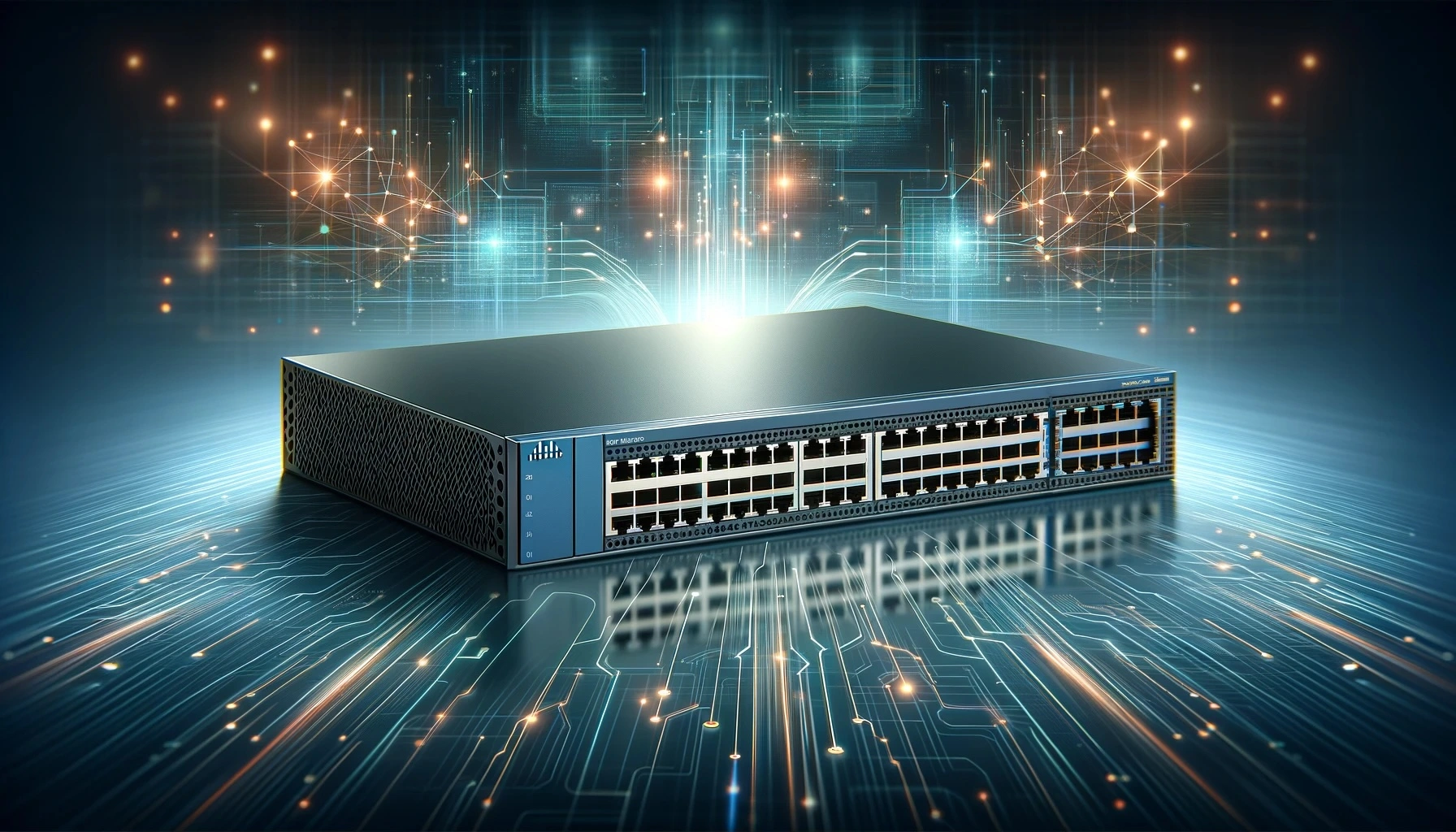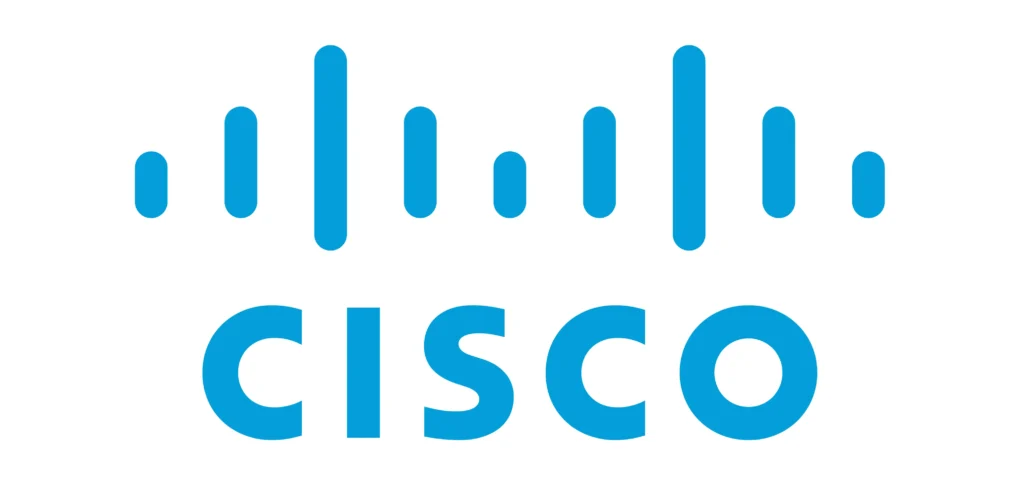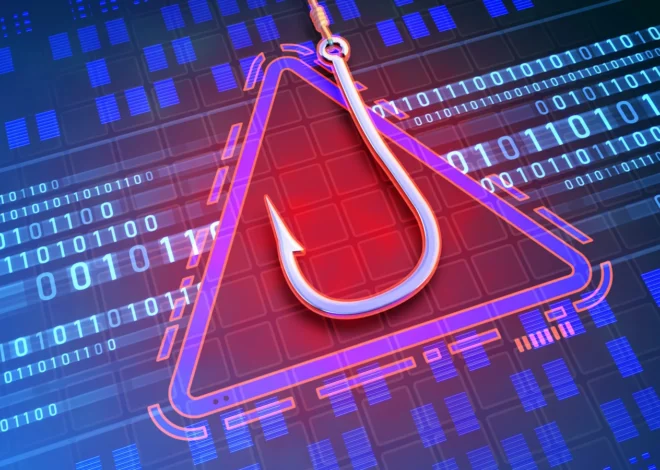
Cisco Catalyst 9300: Password Recovery Procedure Explained
If you’ve forgotten the password to your Cisco Catalyst 9300 switch, don’t worry. There’s a standard recovery procedure to regain access, involving several steps to ensure security while restoring control.
How to Reset a Forgotten Password on a Cisco Catalyst 9300 Switch
Step 1: Accessing the Bootloader Mode
- Power cycle the switch.
- While the switch is rebooting, press and hold the Mode button until the Status LED turns amber.
- Connect to the switch via the console port. You should now be in the bootloader prompt (switch:).
Step 2: Bypassing the Startup Configuration
- In the bootloader prompt, enter the following command:
set SWITCH_IGNORE_STARTUP_CFG=1- Boot the switch by typing:
bootThe switch will now start without loading the existing configuration.
Step 3: Recovering the Configuration (Optional)
- After the switch has booted, you can recover your configuration from the saved startup-config file:
copy startup-config running-config- You may be prompted to confirm overwriting the current running configuration.
Step 4: Changing the Passwords
- Enter privileged EXEC mode by typing:
enableYou will not be prompted for a password since the switch has started with a default configuration.
- Change the enable secret password:
configure terminal
enable secret <new_password>- Change any other passwords as needed (e.g., line passwords, vty passwords).
Step 5: Removing the Bootloader Variable and Saving the Configuration
- Remove the bootloader variable you set earlier:
no SWITCH_IGNORE_STARTUP_CFG- Save the configuration to ensure your changes are permanent:
write memoryImportant Considerations
- Recovering the configuration in Step 3 is optional. If you only want to change the password, you can skip this step.
- Always document your passwords in a secure location.

Table: Summary of Commands
| Step | Command | Description |
|---|---|---|
| Bootloader | set SWITCH_IGNORE_STARTUP_CFG=1 | Bypasses startup configuration |
| Bootloader | boot | Boots the switch |
| Optional | copy startup-config running-config | Recovers saved configuration |
| Privileged | enable | Enters privileged EXEC mode |
| Config | configure terminal | Enters global configuration mode |
| Config | enable secret <new_password> | Changes enable secret password |
| Bootloader | no SWITCH_IGNORE_STARTUP_CFG | Removes bypass configuration variable |
| Privileged | write memory | Saves the configuration to persistent memory |
Password Recovery Procedures
Initiating the Recovery Process
Before starting, ensure you have physical access to the switch and a console cable to connect directly to the device. As a safety precaution, have a backup of your system’s configuration, if possible. Begin the recovery by powering off the Catalyst 9300, then power it back on to start the process fresh.
Accessing ROMMON Mode
Immediately after the switch starts, press and hold the Mode button. Do this until the Status LED turns amber, signaling you’ve accessed ROMMON mode. In this mode, the switch is not fully booted, allowing you to interfere with the startup process.
- Switch Boot Process:
- Press Mode button
- Status LED turns amber
- Access to ROMMON granted
Disabling Password Recovery
Once in ROMMON, introduce the environment variable to bypass the current configuration on the next boot by entering SWITCH_IGNORE_STARTUP_CFG=1. This tells the IOS to ignore the startup configuration where the password is stored. After setting the variable, issue the reload command and do not press the Mode button this time. When the switch restarts, it will not prompt for the previous passwords.
Afterwards, you can go into the console and change the necessary passwords and save the configuration. Keep in mind that if the switch has the disable password recovery feature set, this might complicate the recovery process. This feature is used to enhance security by preventing unauthorized access to the switch’s configuration, and if enabled, you’ll need alternative methods to recover access.
Configuration and File Management
Effectively managing configuration files and handling iOS XE software images are essential for maintaining the Cisco Catalyst 9300 series switches. This section focuses on the necessary steps and procedures that allow administrators to maintain control over device configurations and software management.
Managing Configuration Files
Configuration files are vital to the operation of network devices. There are two primary types of configuration files on the Catalyst 9300: running-config and startup-config. The former holds the current configuration in use by the device, while the latter contains the configuration that the device loads when it boots up.
For safety, administrators should regularly backup the startup-config. This is done with the copy startup-config command, ensuring the backup is stored in a secure location such as nvram or on a remote server. In cases where the configuration needs to be replicated or restored to factory defaults, the administrator can use the copy running-config startup-config command, effectively saving the current state as the default one to use at next boot.
If a reset is needed, the enable secret or new password can be secured or changed, and details such as VLAN configurations stored in vlan.dat, need to be managed carefully during these processes to avoid loss of critical network setups.
Handling IOS XE Software Images
The Cisco Catalyst 9300 operates on Cisco’s iOS XE – a highly stable software architecture. Managing these software images is another key responsibility. The image flash.conf contains the operating system and is stored in the flash memory. Administrators should check that they have the correct packages.conf file for upgrades and ensure that it’s not corrupted.
When upgrading or downgrading the iOS XE version, one should always review the compatibility and instructions carefully. It’s critical to have a backup of the current flash.conf before any modification, in order to swiftly recover from any unplanned issues during the upgrade process.
Maintaining proper version control and backups of these software images means that the network device can be reliably returned to operational status in the event of a software issue or during routine maintenance and updates.
System Access and Security
Managing system access is crucial for network security, especially when it involves sensitive configurations on devices like the Cisco 9300 switch. By ensuring that only authorized personnel can access the system, network administrators can maintain security and control over the network’s infrastructure.
Secure Console and Remote Access
Console access is a direct way to interact with Cisco 9300 switches, requiring physical connections and often used for initial setup or troubleshooting. To ensure that only authorized users can gain console access, it’s important to implement authentication methods. These methods typically involve username and password pairs where the username identifies the individual and the password confirms their identity. It’s also good practice to configure privilege levels that dictate what commands a user can execute after logging in.
Remote access, on the other hand, allows administrators to manage the switch from a distance, usually through a network. When setting up remote access, which might be through SSH or telnet, implementing encryption is key. Encryption ensures that the username and password are not transmitted in plain text, protecting the data from potential eavesdroppers. SSH is preferred over telnet due to its secure nature, as it encrypts the entire session.
Enhancing Password Security
To further enhance security, Cisco 9300 switches offer different password types and additional password security measures. Setting a static enable password, which is the password type 0, is the most basic level of security. However, this type of password is easily decrypted and thus, not recommended.
Instead, using an enable secret password, known as password type 8, is a better choice. This password undergoes MD5 encryption, making it more secure. Still, it’s possible to increase security further by employing the service password-encryption command, which encrypts all current and future passwords.
Network administrators should avoid using default passwords and privilege levels. Always change the default password and configure a custom default privilege level to prevent unauthorized access. Support for additional password security is available on Cisco 9300 switches, allowing for more complex configurations like disabling password recovery to prevent users from bypassing standard authentication processes. This can be done using commands within the terminal interface of the switch, tailoring the access and security to the needs of the organization.
Frequently Asked Questions
Navigating the complexities of password recovery for Cisco Catalyst 9300 switches need not be overwhelming. This section answers the most common inquiries succinctly to assist you in regaining control of your device quickly and efficiently.
How do I reset my Cisco 9300 password?
To reset the Cisco 9300 password, you must access the Boot Loader mode by pressing and holding the Mode button while the switch reboots until the Status LED turns amber. Then, you can enter specific commands to reset your password and restart the switch.
What is the default password for Catalyst 9300 switches?
The Catalyst 9300 switches do not have a default password. During the initial setup, the user is prompted to create a password. If you have not set up a password yet, leaving it blank may grant you access.
How do I recover my Cisco username and password if I am locked out?
If you’re locked out, perform a password recovery by rebooting the switch. Interrupt the boot process to enter ROMMON mode, where you can rename or reset the configuration file. This process will make the switch ignore its saved configuration during the next boot, allowing you to access it, reset the passwords, and then restore the configuration.
What are the steps to perform a factory reset on a Catalyst 9300 without a password?
To factory reset a Catalyst 9300 without a password, you have to initiate the password recovery process to access the global configuration mode. Once there, use the command write erase followed by reload to reset the switch to factory defaults.
Why is my password recovery not working on the Cisco 9300?
Password recovery might fail if the switch is part of a stack and not isolated. Ensure that the switch is removed from any stack configuration before attempting the recovery. Also, password recovery may be disabled on the switch, preventing the process from working.
How can I access ROMMON mode on a Cisco Catalyst 9300?
Accessing ROMMON mode on a Catalyst 9300 involves interrupting the regular boot process. Press and hold the Mode button while turning on the power to the switch. Release the button when the LED above the Mode button turns amber, indicating that the switch has entered ROMMON mode.



